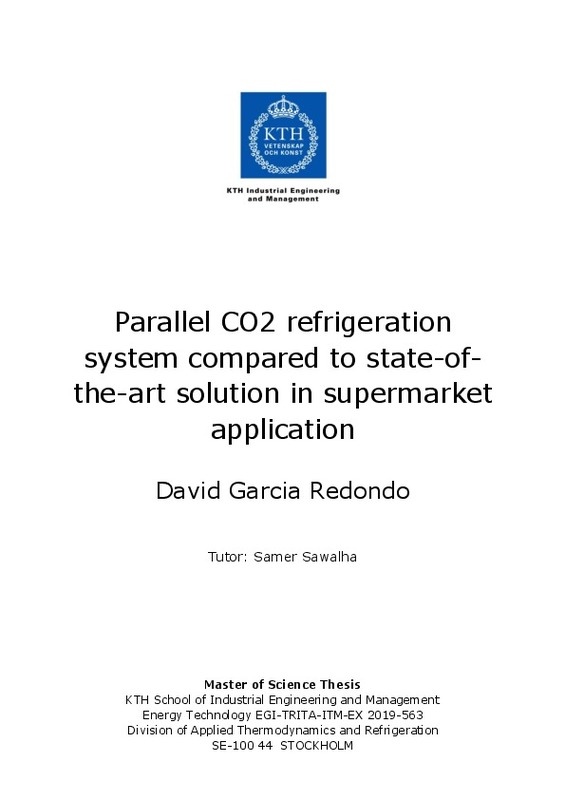JavaScript is disabled for your browser. Some features of this site may not work without it.
Buscar en RiuNet
Listar
Mi cuenta
Estadísticas
Ayuda RiuNet
Admin. UPV
Modelado de sistemas de refrigeracion con CO2 aplicado a supermercados de nueva generación
Mostrar el registro completo del ítem
García Redondo, D. (2019). Modelado de sistemas de refrigeracion con CO2 aplicado a supermercados de nueva generación. http://hdl.handle.net/10251/141493
Por favor, use este identificador para citar o enlazar este ítem: http://hdl.handle.net/10251/141493
Ficheros en el ítem
Metadatos del ítem
| Título: | Modelado de sistemas de refrigeracion con CO2 aplicado a supermercados de nueva generación | |||
| Autor: | García Redondo, David | |||
| Director(es): | ||||
| Entidad UPV: |
|
|||
| Fecha acto/lectura: |
|
|||
| Resumen: |
[ES] Esta tesis compara la eficiencia de dos sistemas de refrigeración transcríticos usando CO2 como refrigerante, el sistema de vanguardia booster y en sistema estándar en paralelo. El principal objetivo es cuantificar ...[+]
[EN] This thesis compares the performance of two trans-critical CO2 refrigeration systems, the state-of-the-art booster system and the standard parallel system. The main goal is to quantify the efficiency difference between ...[+]
|
|||
| Palabras clave: |
|
|||
| Derechos de uso: | Reserva de todos los derechos | |||
| Editorial: |
|
|||
| Titulación: |
|
|||
| Tipo: |
|
recommendations
Este ítem aparece en la(s) siguiente(s) colección(ones)
-
ETSII - Trabajos académicos [10508]
Escuela Técnica Superior de Ingenieros Industriales







